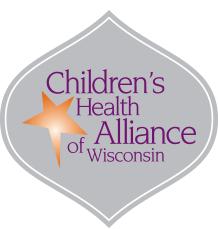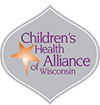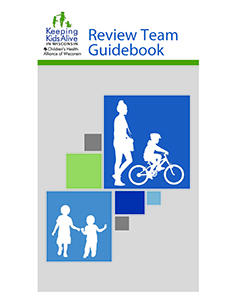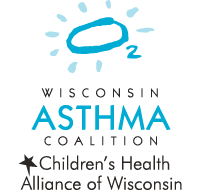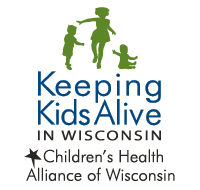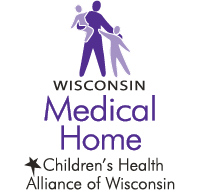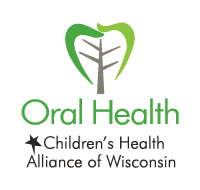CDR & FIMR
Child Death Review
In Wisconsin, child death review (CDR) teams primarily review deaths of infants and children, ages 0 to 18, which are reportable to the medical examiner or coroner. The purpose of CDR is to better understand the risk factors and circumstances surrounding a child’s death and to develop policy and program recommendations to prevent future deaths.
Fetal Infant Mortality Review
Fetal Infant Mortality Review (FIMR) teams are multidisciplinary groups that meet to discuss underlying factors surrounding fetal and infant deaths in their communities. By understanding the contributing factors to each death, teams can develop collaborative approaches to prevention, work to reduce racial and ethnic disparities in birth outcomes, and improve maternal health.
Some of the fatality review teams in Wisconsin are a collaboration of CDR and FIMR, and some of the FIMR teams act independently of CDR. Please contact the Alliance with questions about the structure of FIMR and CDR in your county.
Keeping Kids Alive Guidebook
Learn best practices for setting up a death review team, conducting effective reviews, as well as entering and analyzing data.
CDR Report Form
Use this case report form to enter CDR/FIMR data into the National Fatality Review Case Reporting System.
Map of Wisconsin CDR Teams
View CDR team locations and Alliance support staff.
FIMR Report Form
Use this case report form to enter data into the National Fatality Review Case Reporting System.
Team Coordinator Resources
These resources will be useful for team coordinators.
CDR Case Confidentiality Form Template
This document explains confidentiality expectations for CDR participants. At each meeting, all team members and guests should sign the agreement.
CDR Case List Template
This form can be used to share case information prior to the meeting. Team members can then determine which information from their investigation will help the team identify risk factors and prevention recommendations.
CDR Interagency Agreement Template
This agreement outlines the CDR team’s purpose and participation expectations. It should be signed by agency or department leaders.
Conducting Effective Reviews
This document outlines tips for conducting effective review team meetings.
Conducting Virtual Reviews
This document outlines tips for conducting effective virtual review team meetings.
DHS and WIC Memorandum of Understanding
This MOU promotes the confidential sharing of WIC information with CDR and FIMR review teams and their local health department representatives.
Prevention Tracking Digital Template
CDR teams can fill out an electronic survey to keep track of prevention recommendations. It is meant to be a working document; information can be added as more discussion and progress unfolds.
Sample Meeting Notice
Local teams can utilize this template if they are required to follow the open meetings law.
Data Entry Resources
These resources will be useful for team members that enter case information.
Case Report by Agency Version 6
This document matches questions from the case report to the agency most likely to have the information. Share this document with your team members to help them prepare for the review.
Creating Cases from Vital Record Import
Creating new cases from linked birth and death records can save time when completing a case report. Learn how to create cases using the case import function.
Self-Care Resources
These resources will be useful for team coordinators and members to help with self-care.
Breathing Script
Follow this breathing script as a way to practice self-care before or after your CDR meeting.
Grounding Script
Follow this grounding script as a way to practice self-care before a CDR meeting.
Self Care for Caregivers
Use this workbook to learn how to identify, measure and manage stress.
Self-Care Wheel
The self-care wheel illustrates six aspects of life balance. Use the ideas in each segment to improve your self-care.
Visualization Script
Follow this visualization script as a way to help minds cope with the details of cases after your CDR meeting.
Child Death Review Video Series
The death of a child is a tragedy that should invoke a community response. In most child deaths, the circumstances are multidimensional and responsibility does not rest in any one place. This video series was created to showcase the need for CDR and assist communities in starting the CDR process.
Part 1: What is CDR?
Part 2: Starting a CDR Team
Part 3: CDR & Data
Wisconsin Child Death Review State Advisory Council
The Council is composed of experts from across the state, including representatives from state departments, health systems, advocacy groups, and coroners and medical examiners. The Council monitors statewide CDR and FIMR data, provides policy guidance and supports local death review teams. Additionally, the Council reviews cases when there is no CDR team where the death occurred, or when a local team requests a review. The Alliance helps to facilitate Council meetings and membership.
Contact Our Staff
Karen Nash, MBA
Program Leader
(414) 337-4567
knash@childrenswi.org
Amy L. Cline, MSW, APSW
Program Manager
(414) 337-4565
acline@childrenswi.org
Joanna O’Donnell, GC-C
Program Manager
(414) 337-4571
jodonnell@childrenswi.org
Sign Up for Our Newsletter
Keeping Kids Alive Connection: News for Your Review
Connection to a wide range of resources providing guidance and support, to ensure teams can conduct effective review meetings.
Keeping Kids Alive in Wisconsin is funded in part by the Wisconsin Department of Health Services, Division of Public, MCH Title V Services Block grant through the Health Resources and Services Administration, Department of Health and Human Services.
